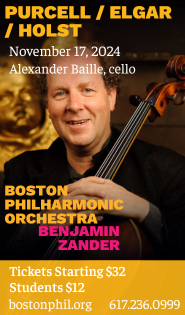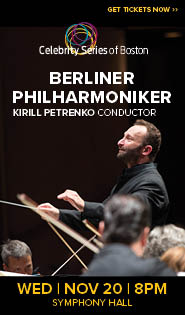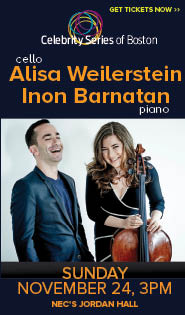Sandström “Messiah” can’t hold a candle to Handel

Sven-David Sandström’s Messiah was performed by the Cantata Singers and the New England Philharmonic Sunday at Jordan Hall.
George Frideric Handel’s Messiah isn’t the only oratorio about the life of Christ: in addition to the Bach Passions, there are, among others, Berlioz’s L’enfance du Christ, Liszt’s Christus, and Richard Danielpour’s The Passion of Yeshua. But until 2009, the Baroque icon was the only one to set a libretto on the subject by Charles Jennens.
That was the year conductor Helmut Rilling led the premiere of Sven-David Sandström’s Messiah at the Oregon Bach Festival. Commissioned to mark the 250th anniversary of Handel’s death, the score received its East Coast premiere Sunday afternoon at Jordan Hall, in a joint concert by the Cantata Singers and New England Philharmonic.
Any adaptation of a familiar text presents more than the usual challenges, so it’s worth noting that, with a few exceptions, Sandström’s Messiah sounds largely unlike its predecessor. The forces involved are larger, there’s a big percussion section, and the ordering of solo and choral movements has been adjusted.
Still, so renowned is the earlier work that it’s impossible not to draw parallels between the two. And, in these, Sandström’s composition consistently comes up short.
One of the main issues is, in fact, its approach to Jennens’ libretto. Compiled entirely from biblical sources, the texts provide a series of meditations rather than a forthright narrative on the birth, death, and resurrection of Jesus.
In Handel’s version, any resulting textual choppiness is smoothed out by the music. There, the words help to determine the character, form, meter, and harmony of each movement. Handel’s melodic invention, however, reigns supreme and his score provides the larger work its coherence.
Sandström’s opus has strengths of its own: the harmonic language is tonal, the command of orchestral sonorities colorful, and rhythmic sensibilities vigorous. Also, the Swedish composer’s willingness to write for voices (and instruments) at the extremes of their ranges made for some striking moments, like the murky, opening “Comfort ye” chorus.
However, while his essentially straightforward approach to the libretto involves far less verbal repetition than Handel, it’s nowhere near as musically satisfying. Too often the melodic writing is forgettable and the music’s shifts of style (as well as gradations of dissonance) seem randomly applied.
What’s more, this Messiah often feels underdeveloped: of its fifty or so discreet sections, only four or five sound as though they’ve been thoroughly worked out, thematically. The score’s parade of short movements, all of which clearly start and stop, doesn’t help things: this structuring only adds to the oratorio’s sporadic, tedious aspect.
To be sure, the best spots—a lovely “He shall feed his flock,” skipping “His yoke is easy,” spirited closing third of the “Hallelujah” Chorus, and thoroughly rousing “Worthy is the Lamb”—hint at what Messiah might have been had Sandström’s muse been truer. Yet the cumulative effort, while idiomatic, is fundamentally a stylistic hodgepodge that falls lyrically and dramatically flat.
Even so, Sunday’s performance was well prepared and fervently delivered. It boasted two conductors: Cantata Singers music director Noah Horn led Part 1 while NEP’s Tianhui Ng directed Parts 2 & 3. Though there were issues with diction and balance throughout the afternoon, both ensembles generally brought out the best in each other.
The Singers delivered their various moments with might and tonal security, be those episodes stormy (“Why do the nations”) or searching (the haunting “Since by man came death”). Furthermore, the a cappella movements in Parts 1 and 2 were richly sung; the low textures of the former’s “For behold” emerged with impressive resonance.
Soprano Maggie Finnegan, mezzo-soprano Maria Dominique Lopez, tenor Dylan Morrongiello, and bass-baritone Leroy Davis formed the afternoon’s excellent stable of soloists. Though they had few arias, per se, the group imbued their brief turns with color, good blend, and strong projection, both individually and corporately.
Despite a periodically thin string tone, the NEP dispatched Sandström’s involved writing with vigor and palpable enthusiasm. The oratorio’s seeming nods to Britten (echoes of the War Requiem emerged in Parts 1 and 3) and Wagner (in some of the brass writing) came off well, as did the episodes for percussion, both of the thunderous variety and discreet.
The Cantata Singers perform Margaret Bonds’ Credo 4 p.m. June 8 at Epicenter at Artists for Humanity. cantatasingers.org
Posted in Performances


